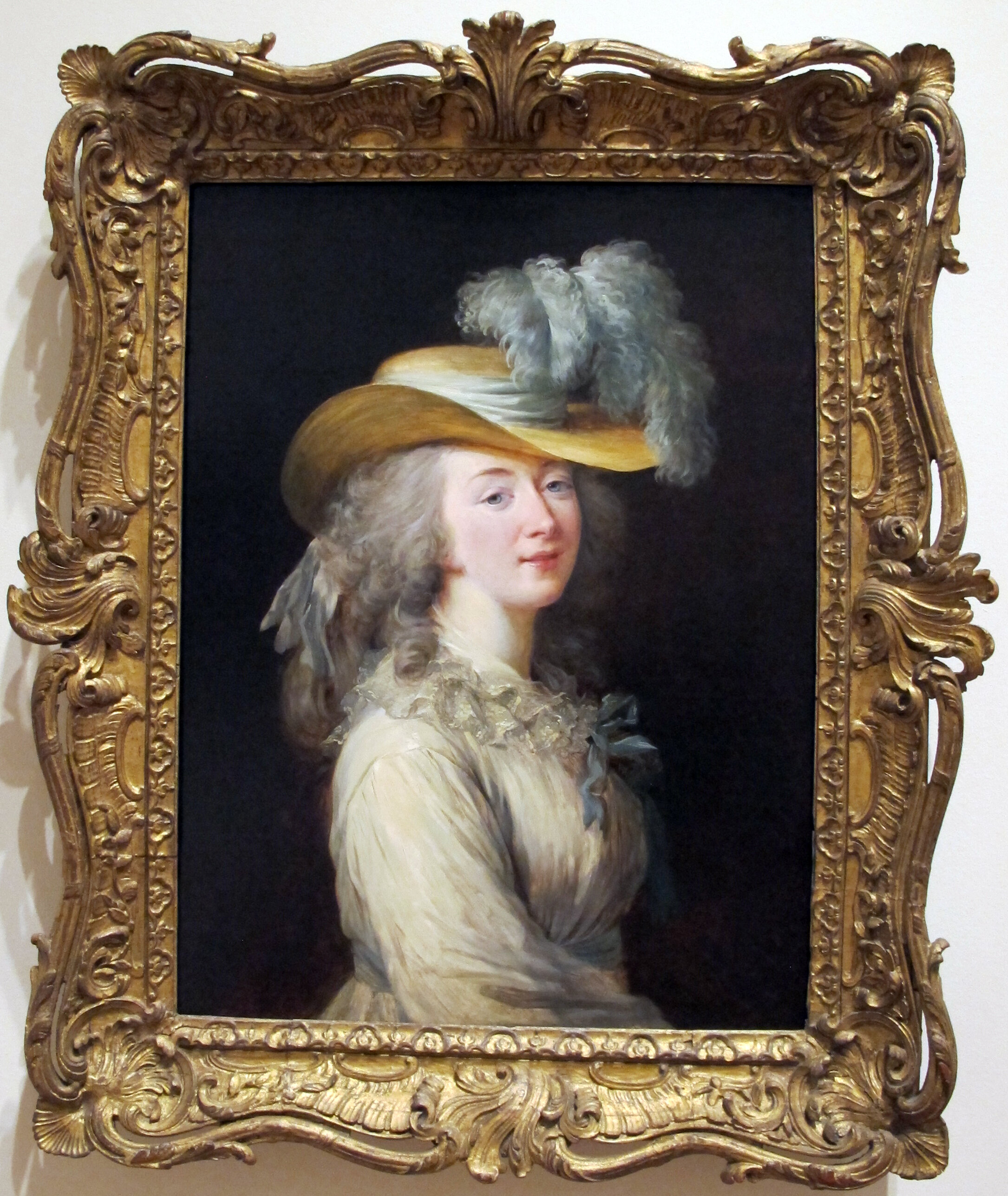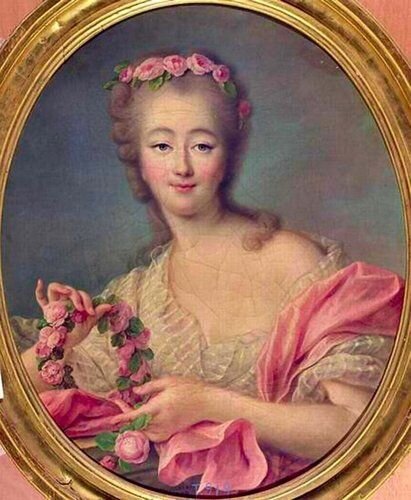Liane de Pougy at the end of her life was labeled “from whore to nun” but I am getting ahead of myself.
Anne Marie Chassaigne was born June 2, 1869 in La Flèche in the Loire and raised in Brittany. On July 15, 1886 at 17 she married Joseph Armand Henri Pourpee who was a naval officer living in Marseille. Ten months later on May 15, 1887 Marc Marie Edmond Armand arrived; however the marriage wasn’t ideal. Joseph would be gone a lot and Anne Marie filled her time with another man.
Suffering from frequent attacks by her husband that left scars on her chest for the rest of her life, it all culminated one night when he discovered her with her lover. He pulled out his pistol and shot at her, nicking her wrist. Anne Marie couldn’t take it much more, sold her piano, left her son with his father and his parents and moved to Paris.
In Paris she began taking dance lessons from Marie-Therese Mariquita and changed her name to Liane de Pougy. Dancing in the cabarets of Paris she was quickly noticed for her striking beauty standing out in any crowd she stood in. Playwright Henri Meilhac was drawn to her and got her a job dancing at the Folies Bergeres in 1884 and also taking the stage of the Olympia.
Wanting to achieve more she took acting lessons from Sarah Bernhardt who told her that she didn’t have any talent and she should “open her mouth only to smile”. As many of the women who danced on stage she also became a courtesan. Her beauty made her one of the most popular courtesans in Paris of the 19th and early 20th century. Maurice de Rothschild was known to shower her in jewels and gifts. Another famous courtesan, Valtesse de la Bigne taught her the finer points of their chosen profession resulting in an affair between the two in the later years of Valtesse’s life.
As a muse for artists and composers she began her own venture into the creative life by writing. L’Insusive, her first novel was the story of courtesan Josiane de Valneige. Followed by five more novels including a comedy L’Enlizement.
In 1908, she met the Romanian Prince Georges Ghika who was the nephew of Queen Nathalie of Serbia. Fifteen years younger than her and a prince by name but without much money to his name. The two married on June 8, 1910 at the Église Saint Philippe-de-Roule in the 8e. The next day it was on the front page of the New York Times. “Paris professional beauty marries Prink Ghika, who championed her”.
The Prince came across her one day in Saint Germain while being laughed at by a group of people, Liane was wearing a rather large hat and people gathered around her pointing and laughing on the mean streets of St Germain. He stepped in to uphold her honor and got into a scuffle resulting in his arrest for assault.
The marriage between the two was good until 1926 when he decided he would leave her for the young Marion Thiebaut who had also been the lover of Liane for a short time. She was allowed to cheat on him with other women, but never men. He left until he heard she was going to file for divorce and to avoid a scandal he returned to her but it was never the same again.
In 1928 they went to Grenoble where she met Mother Superior Marie Xavier of the Sainte-Agnes Asylyn and institute for disabled children. She threw herself into raising money for the institute and tapping into her wealthy friends back in Paris to assist. Staying closely aligned with the church she later in 1943 took the vow of Saint Dominic and changed her name again to Sister Anne Marie de la Penitence.
On April 19, 1945 Prince Ghika died and she moved to Lausanne Switzerland. Staying in the Carlton Hotel, she rarely left her room and on December 26, 1950 she died. Buried in the Saint Agnes chapel of the Saint Martin Le Vinoux cemetery. The woman that lived so many different lives always followed her own voice.
From 1919 to 1941 she kept a detailed diary that was later published in 1977, twenty-seven years after her death as My Blue Notebook.



































































































